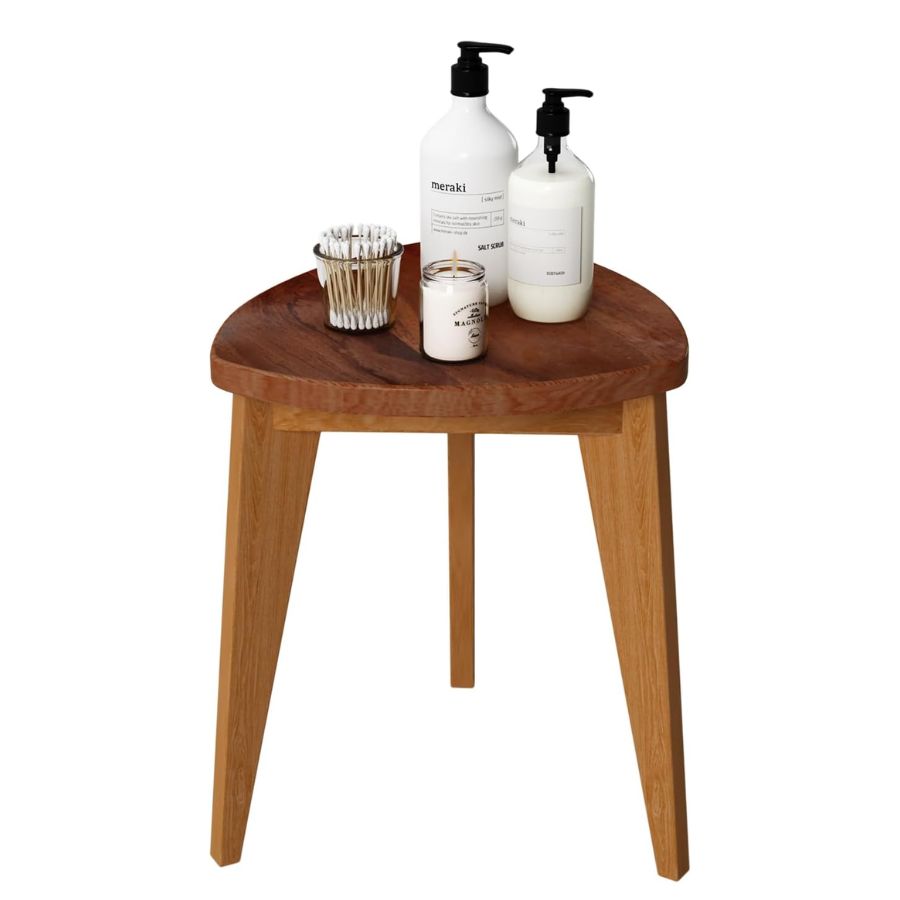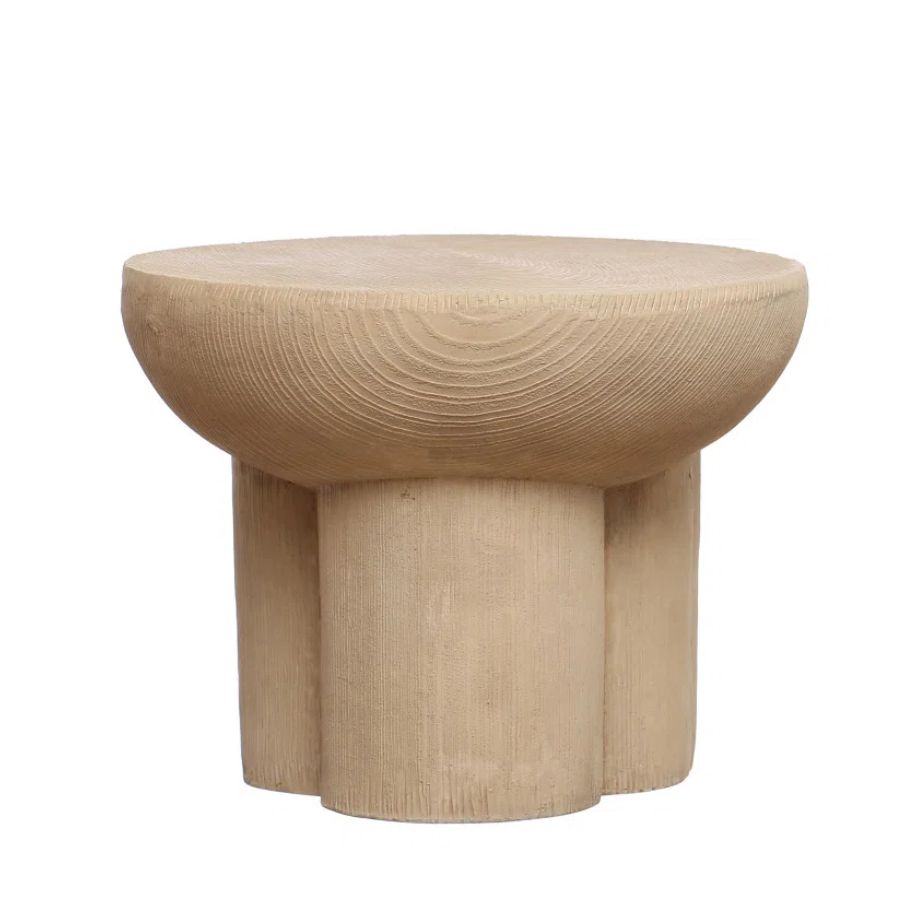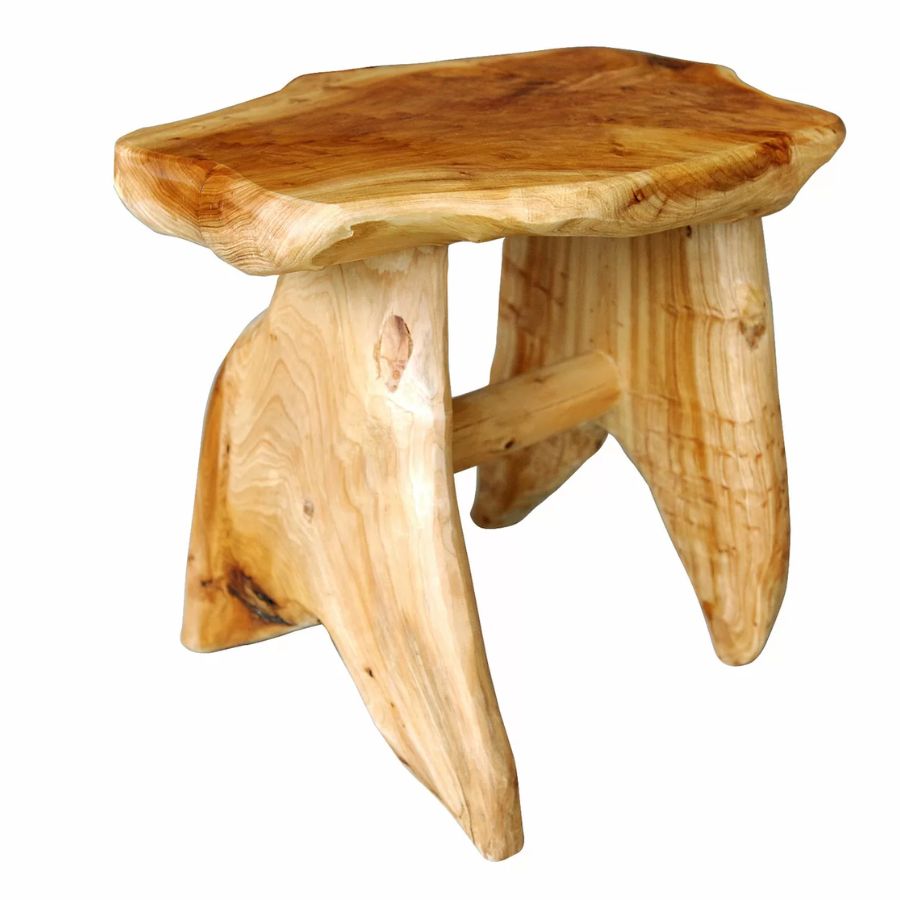How to Squeeze a Seat in the Smallest of Bathrooms (and Why It's the Best Thing You Can Do for Your Space)
Seating isn't a common bathroom feature, but these designers are convinced that it's the secret to making a small bathroom shine
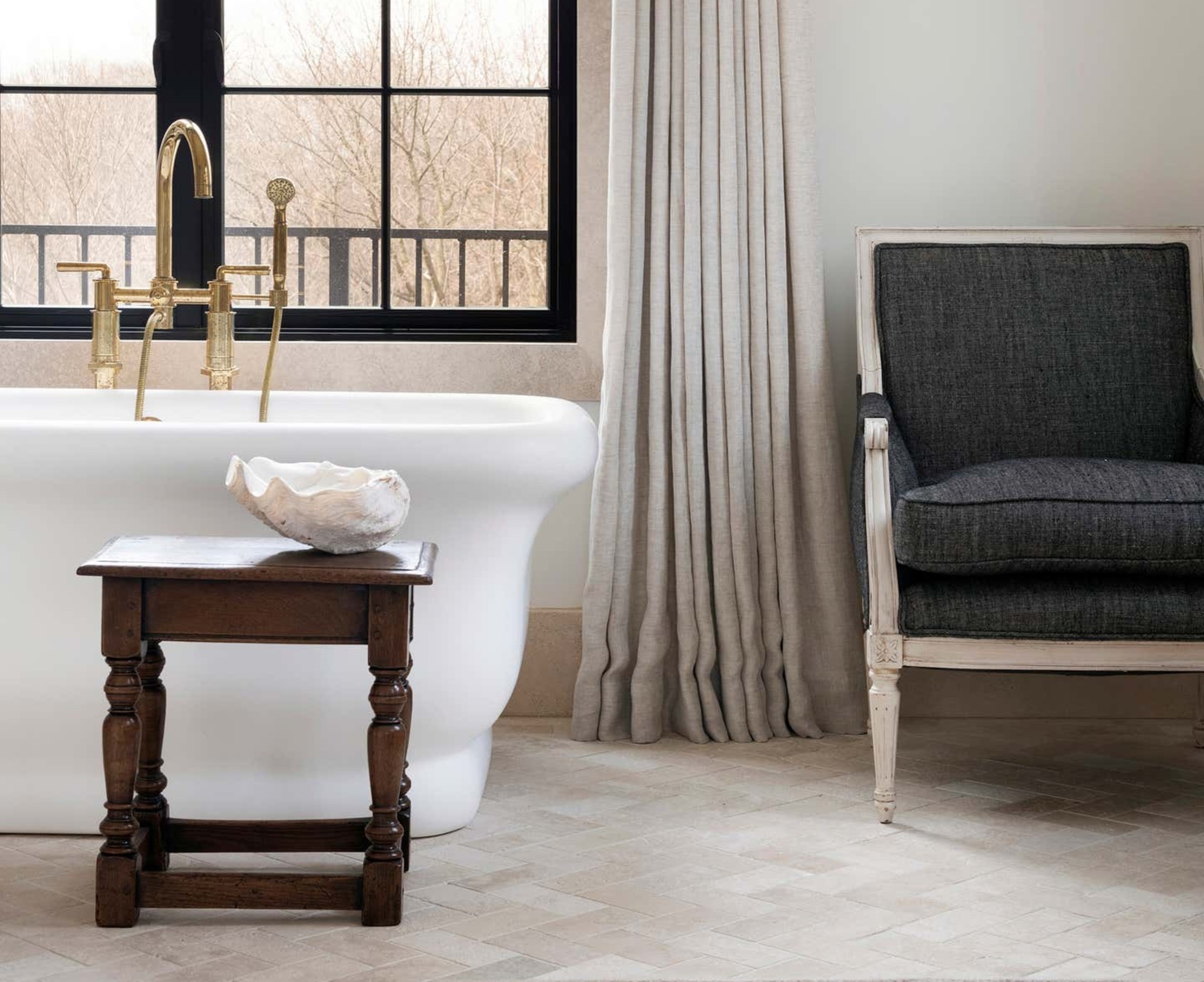

Seating isn't often considered a bathroom essential, but more and more, we're seeing designers and homeowners incorporating seats into this space. It's all part of a wider trend for turning bathrooms from functional spaces into spa-like temples for relaxation. A chair or seating emphasizes this vibe further, imbuing the space with an air of relaxation. Not only that, but bathroom seating can have practical benefits too.
'A chair or a stool is useful in a bathroom to use when drying off, or to place clothing or towels upon when showering,' says Luke Carter, architect and director Sandbox Studio. 'It can add some interest and personality to the space.'
You might not think you have room, but even the smallest of bathrooms can benefit from a small stool or built-in ledge. To convince you, we've spoken to the designers to find out how best to incorporate seating into a modern bathroom.
1. Use as a bath-side accessory

The bath-side stool or chair is becoming quite a common feature, and we love the aesthetic. It's a great way to incorporate wood for a natural bathroom feel and works as a minimalist accessory. In this design, the well-placed stool also doubles up as extra storage and a surface for decorative display (think relaxing candles or a space to place the shampoo and conditioner). It's the perfect solution to cozy up this bathroom that might otherwise feel cold and drab.
'I always try to find room for a cute chair in a bathroom,' says Juan Carretero of Capital C Interiors. 'It can be used as a stool, or as an extra surface to put your towel or clothes while you are taking a bath.'
'Often we would place it in a corner or close to a bathtub,' says Luke Carter, architect and director Sandbox Studio. 'We'd recommend hardwearing, natural materials for the chair such as hardwood timber, or natural stone.'
2. Work a ledge into the space
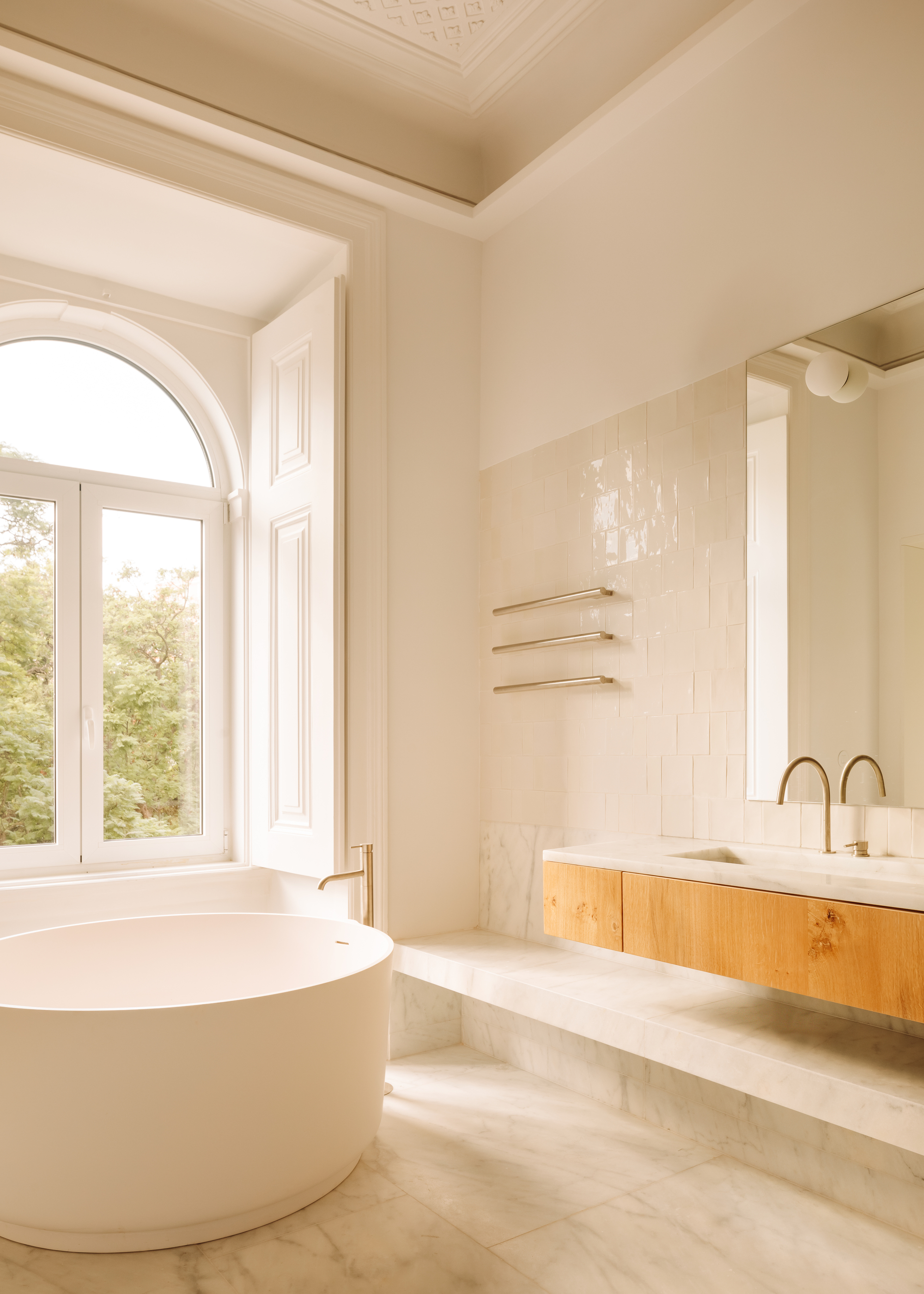
Sometimes, seating can be as simple as a ledge that has been designed into the architecture of the room, as exemplified here by Portugal-based designers, Nuno Nascimento Arquitectos who has added the ledge for a steam room-like feel.
The Livingetc newsletters are your inside source for what’s shaping interiors now - and what’s next. Discover trend forecasts, smart style ideas, and curated shopping inspiration that brings design to life. Subscribe today and stay ahead of the curve.
A common feature of a small bathroom is a built-in bath, and you can also incorporate a ledge around the bath edge for extra seating. It has the potential of becoming a place for storing shampoo and conditioner bottles, but also provides a small ledge to sit or lean on. This design is perfect for a family bathroom, where helping to bathe others is all the easier if you have somewhere to perch.
3. Add a seat under the vanity
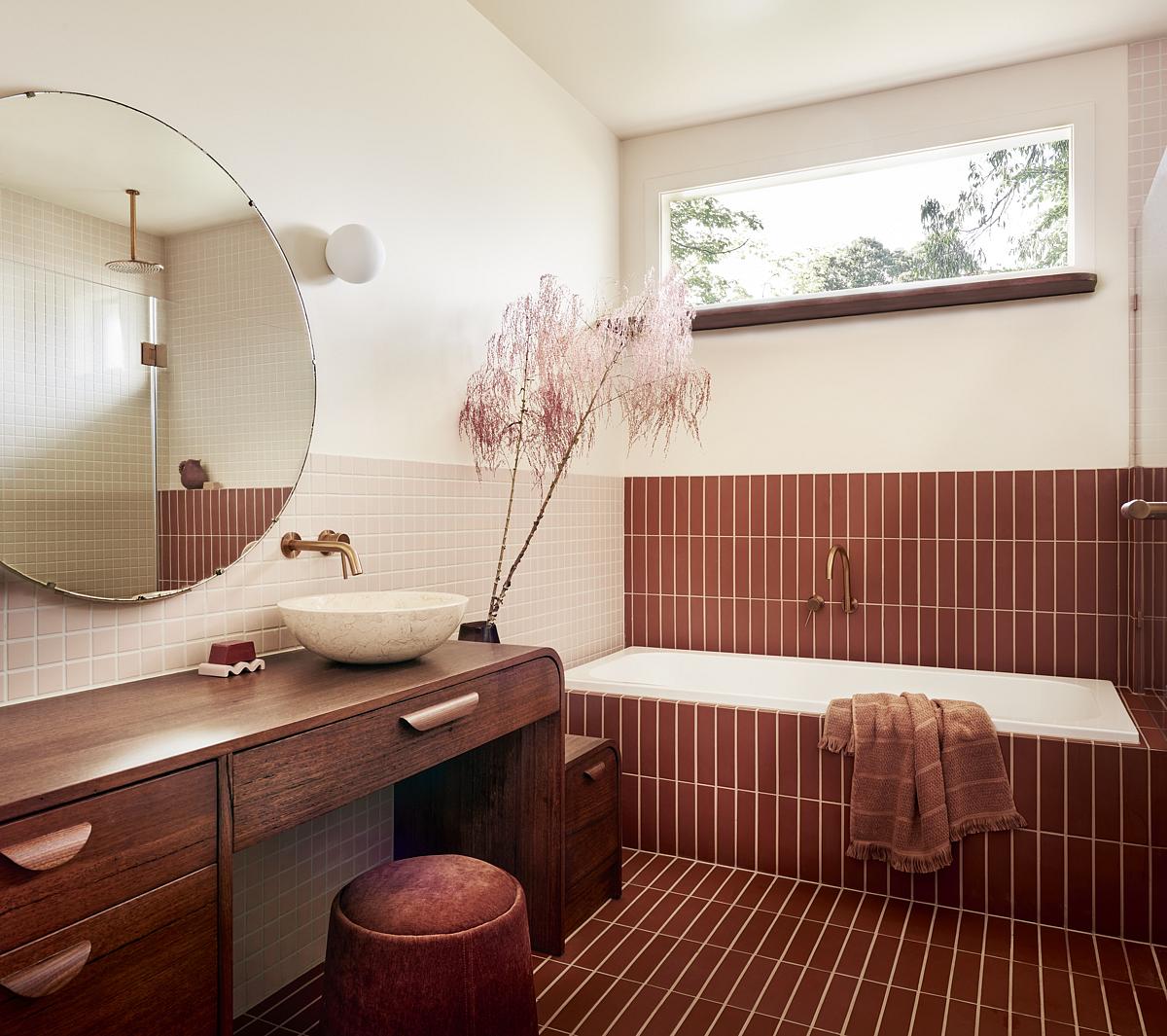
If you lack space, consider turning your bathroom into a pamper station and give it that additional function of providing a space to apply make-up and get ready for the day ahead.
In this design by interior designer Kim Kneipp, the upholstered seat neatly tucks under the bathroom vanity and provides the additional function of turning the space into a family zone.
'The lower tier provides a step for small children to reach the basin and as a low seat for parents to perch on during bath time; the offset vanity can be easily reached from the step and allows for shared use of the mirror at the busy bookends of the day,' says Kim.
'The result is a warm home that feels robust, extremely functional, and quietly romantic, offering a calm backdrop for the client’s busy family life ahead.'
4. Or incorporate it into the shower
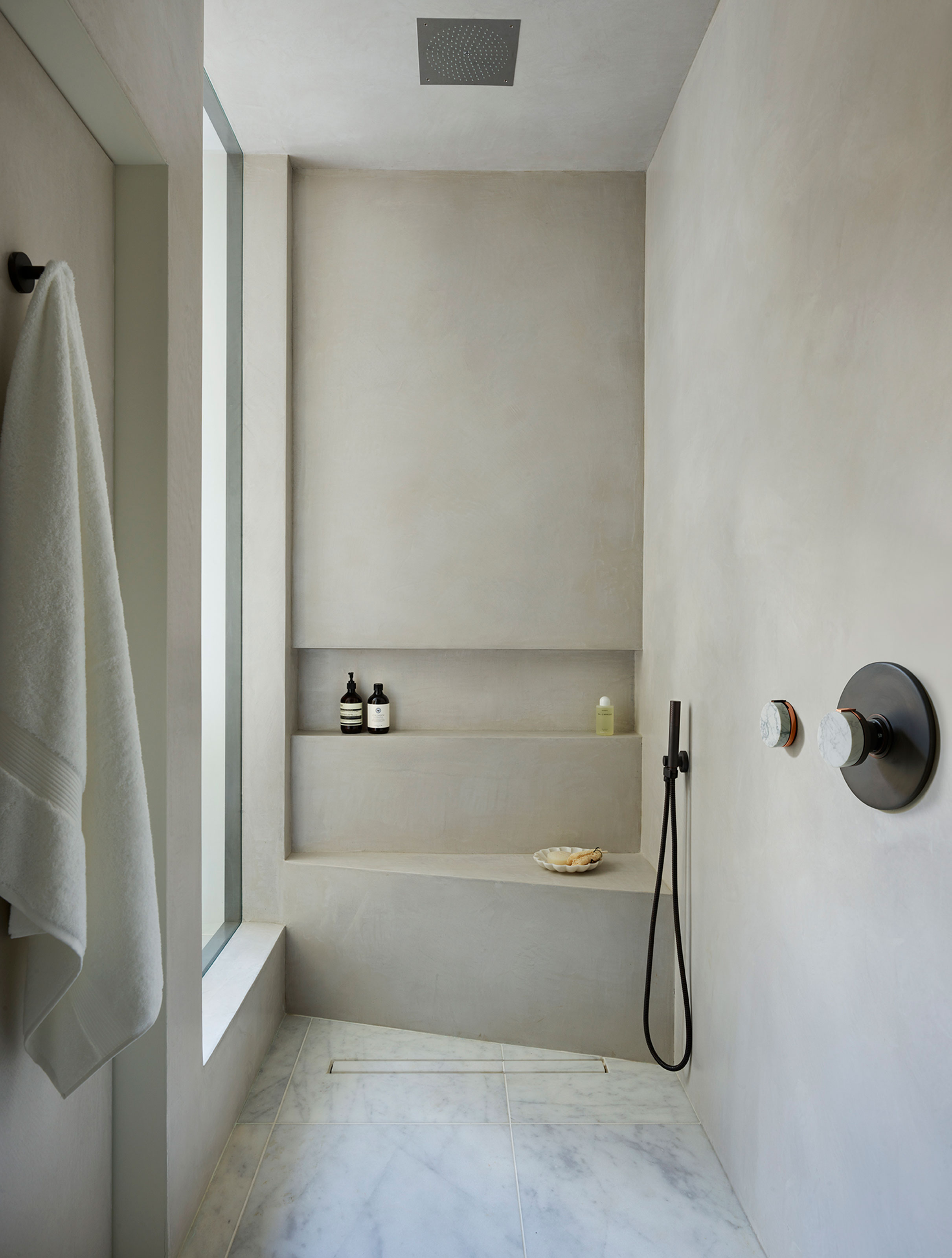
A built-in shower bench gives a spa-like feel to your bathroom and adds both convenience as well as comfort, making those daily routines just that little bit easier.
‘Another option we love is incorporating a stone bench within the shower area, this can also double as a shelf,’ says Luke.
Aside from the many advantages, installing a shower bench comes with considerations. From space availability (is your shower area just a little bit too tight for a bench?), material, durability, and weight capacity. By taking these factors into account, homeowners can choose a shower bench that enhances safety, functionality, and aesthetic appeal in their bathroom.
'I actually love having a fixed stone seat inside the shower if space permits,' adds Rylie Fitzgerald, but wood can bring a natural and organic feel to your bathroom. Just make sure it is well treated. Teak is a great choice as it is lightweight and easy to look after and is naturally water resistant.
5. Consider an upholstered piece of furniture

Finally, a reupholstered conversation seat might just help your small bathroom look stylish and cozy. 'We love to treat the bathroom like another room of the home and make it look comfortable,' says Ophélie Doria of the Parisian studio, Space Factory. 'We often put an armchair or a bench sofa with big cushions.'
In this example, designer Nate Berkus has incorporated an upright chair with cushion - a useful armchair for throwing clothes on or sitting on.
3 stylish stools to elevate your small bathroom

Former content editor at Livingetc.com, Oonagh is an expert at spotting the interior trends that are making waves in the design world. She has written a mix of everything from home tours to news, long-form features to design idea pieces, as well as having frequently been featured in the monthly print magazine. She is the go-to for design advice in the home. Previously, she worked on a London property title, producing long-read interiors features, style pages and conducting interviews with a range of famous faces from the UK interiors scene, from Kit Kemp to Robert Kime. In doing so, she has developed a keen interest in London's historical architecture and the city's distinct tastemakers paving the way in the world of interiors.
